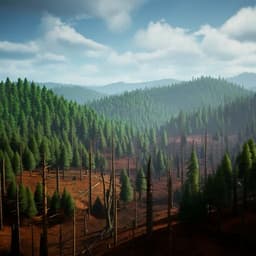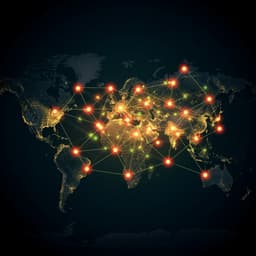
Environmental Studies and Forestry
The socioeconomic and environmental niche of protected areas reveals global conservation gaps and opportunities
D. Mouillot, L. Velez, et al.
Explore how the global ambition for 30% protected areas by 2030 is challenged by uneven distribution. This study by David Mouillot and colleagues delves into the socioeconomic and environmental factors influencing the establishment of terrestrial and marine protected areas, revealing surprising clusters where conservation efforts struggle against human development.
~3 min • Beginner • English
Related Publications
Explore these studies to deepen your understanding of the subject.







